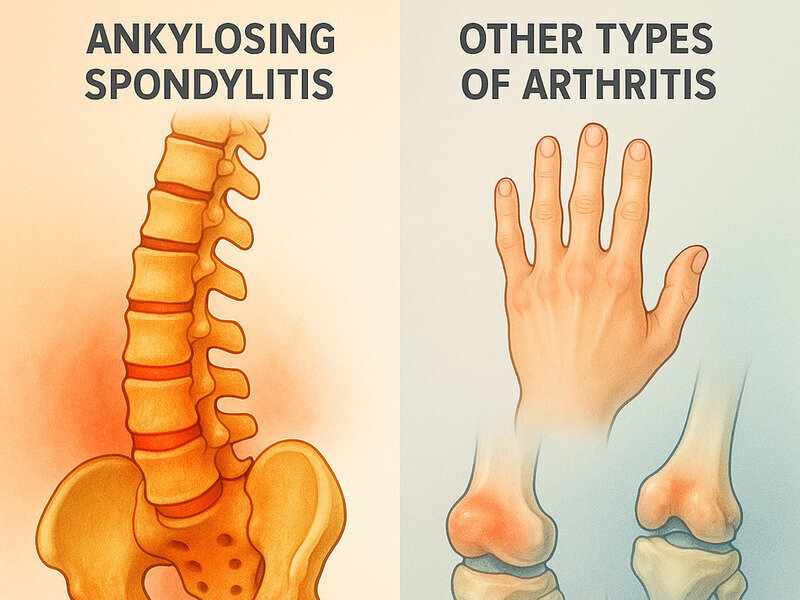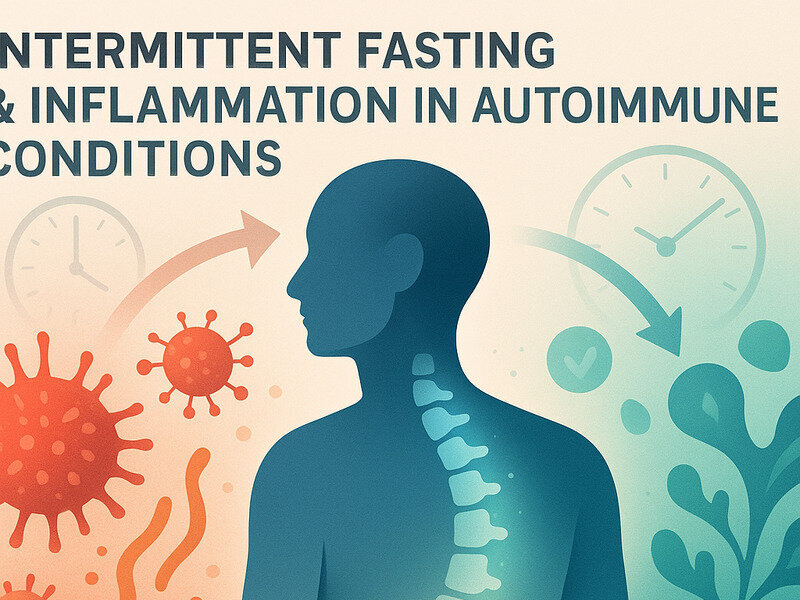
Arthritis is a broad term that encompasses over 100 different types of joint diseases and related conditions. Among these, ankylosing spondylitis (AS) is a unique type of arthritis that primarily affects the spine, although it can also impact other joints. Understanding the distinctions between ankylosing spondylitis and other forms of arthritis is crucial for accurate diagnosis and effective management. This article explores the key differences, symptoms, and treatment options for ankylosing spondylitis compared to more common types of arthritis like osteoarthritis (OA) and rheumatoid arthritis (RA).
Understanding Ankylosing Spondylitis
Ankylosing spondylitis is a chronic inflammatory disease that primarily affects the axial skeleton, leading to severe pain and stiffness in the spine. It is a type of spondyloarthritis, which refers to a group of inflammatory rheumatic diseases that cause arthritis.
Symptoms and Diagnosis
The hallmark symptom of ankylosing spondylitis is chronic back pain, which typically begins in the lower back and buttocks. This pain often worsens with rest and improves with physical activity. Other symptoms may include:
Stif...
Premium preview
Premium members unlock the full article—complete step-by-step routines, deeper coaching notes, and exclusive frameworks.


